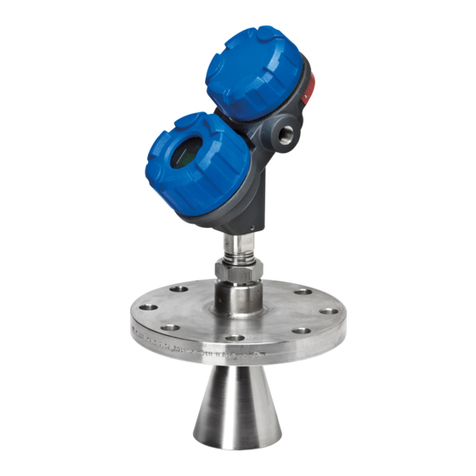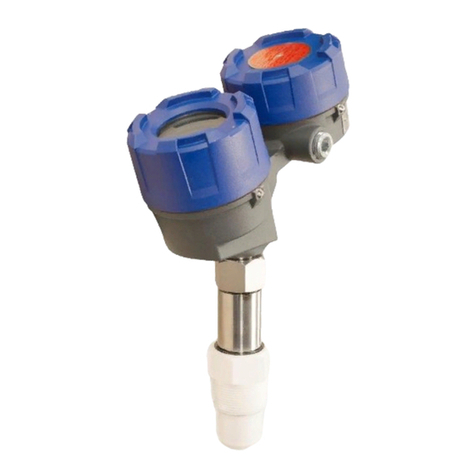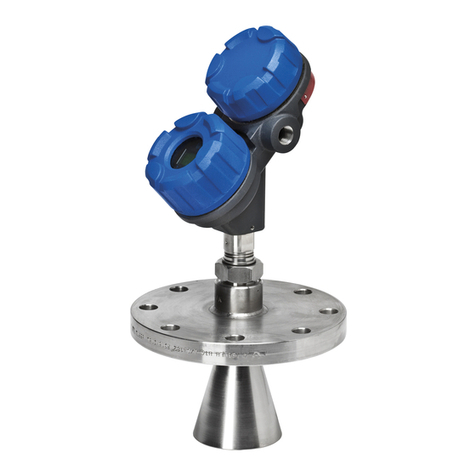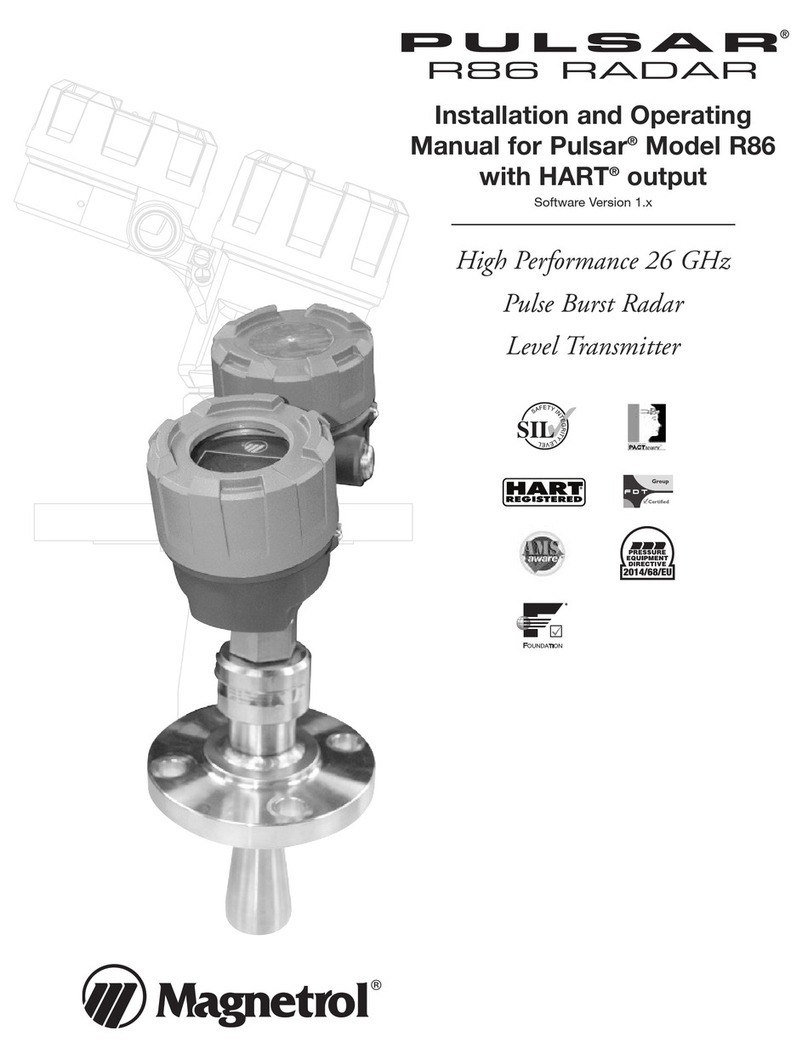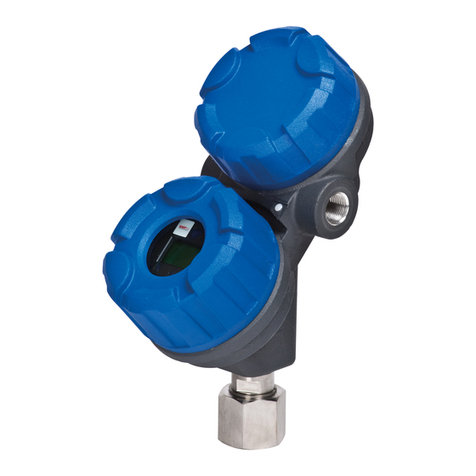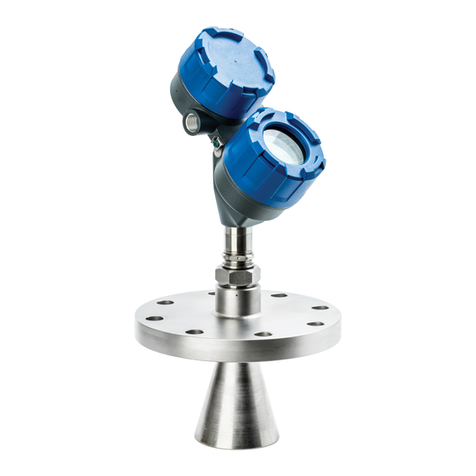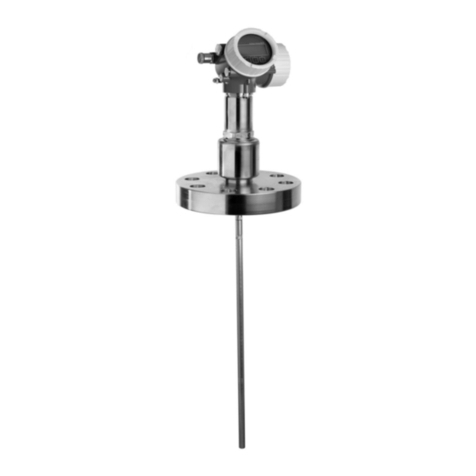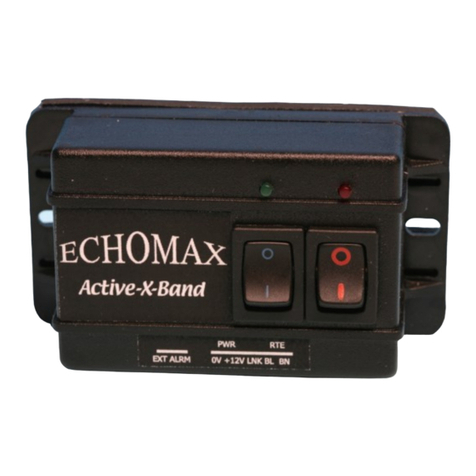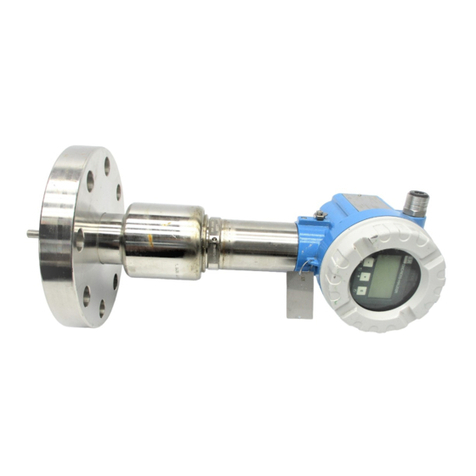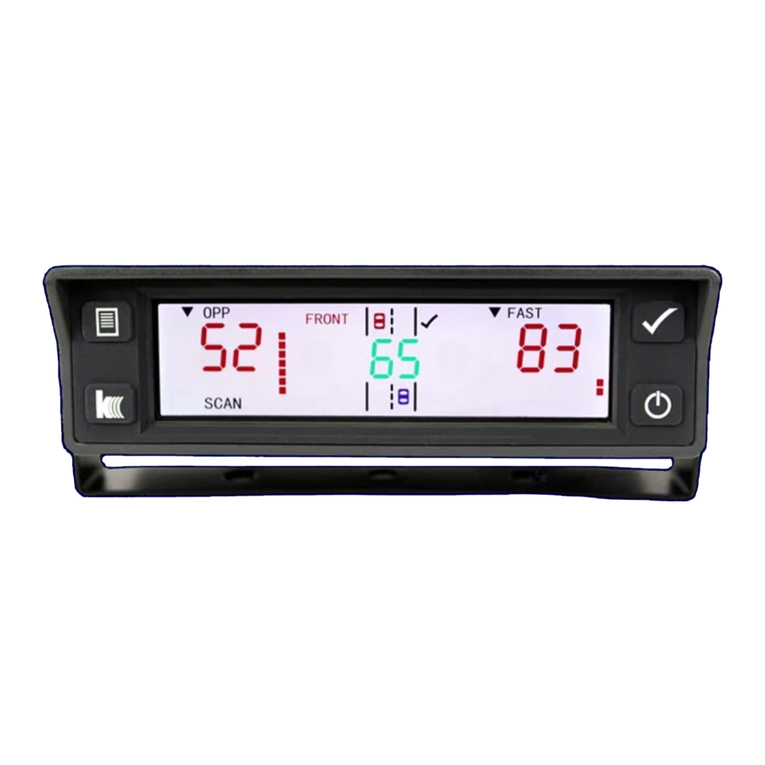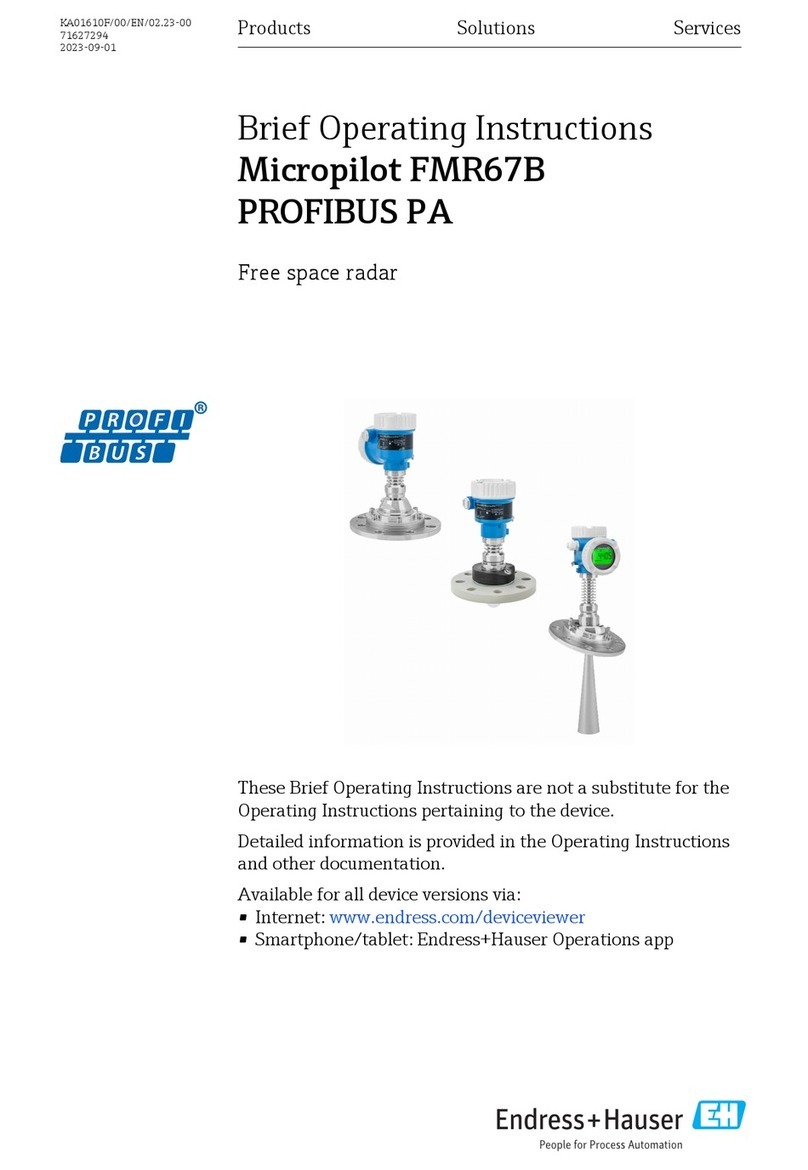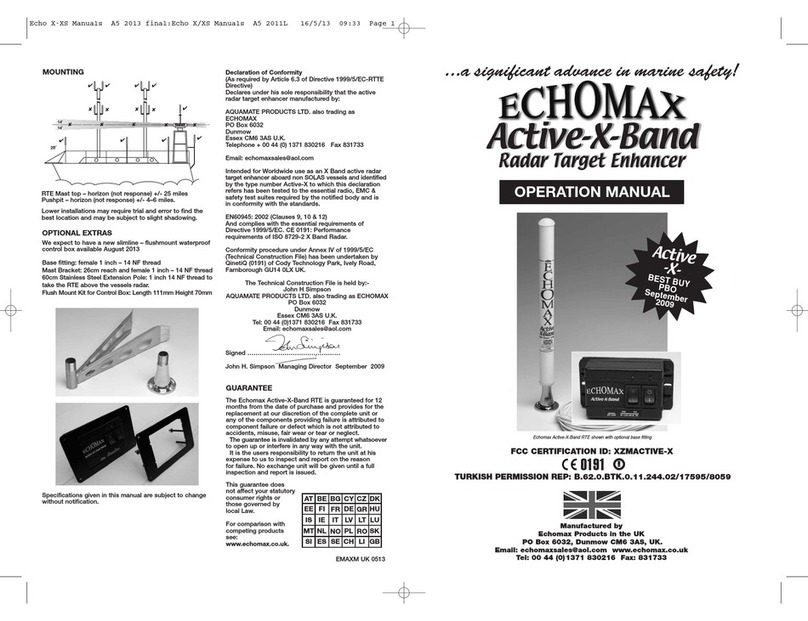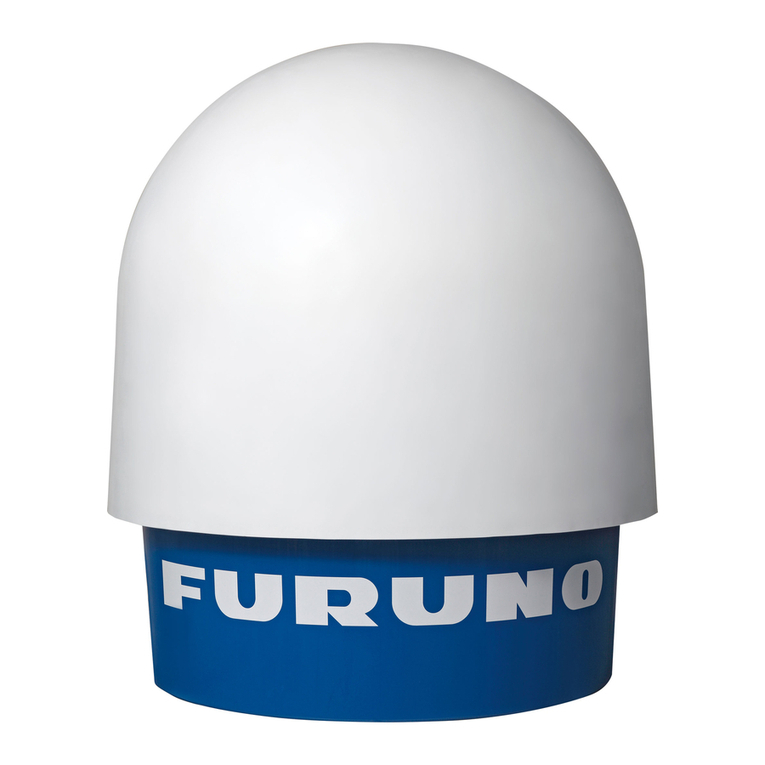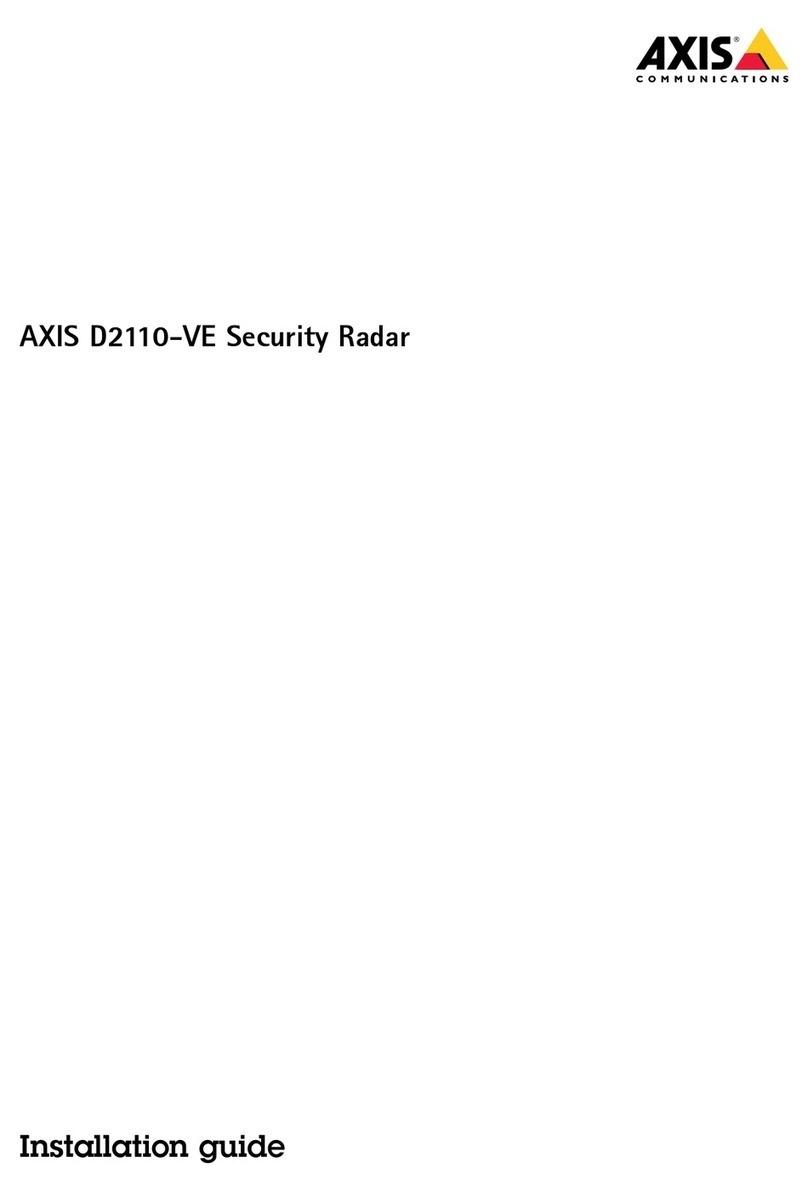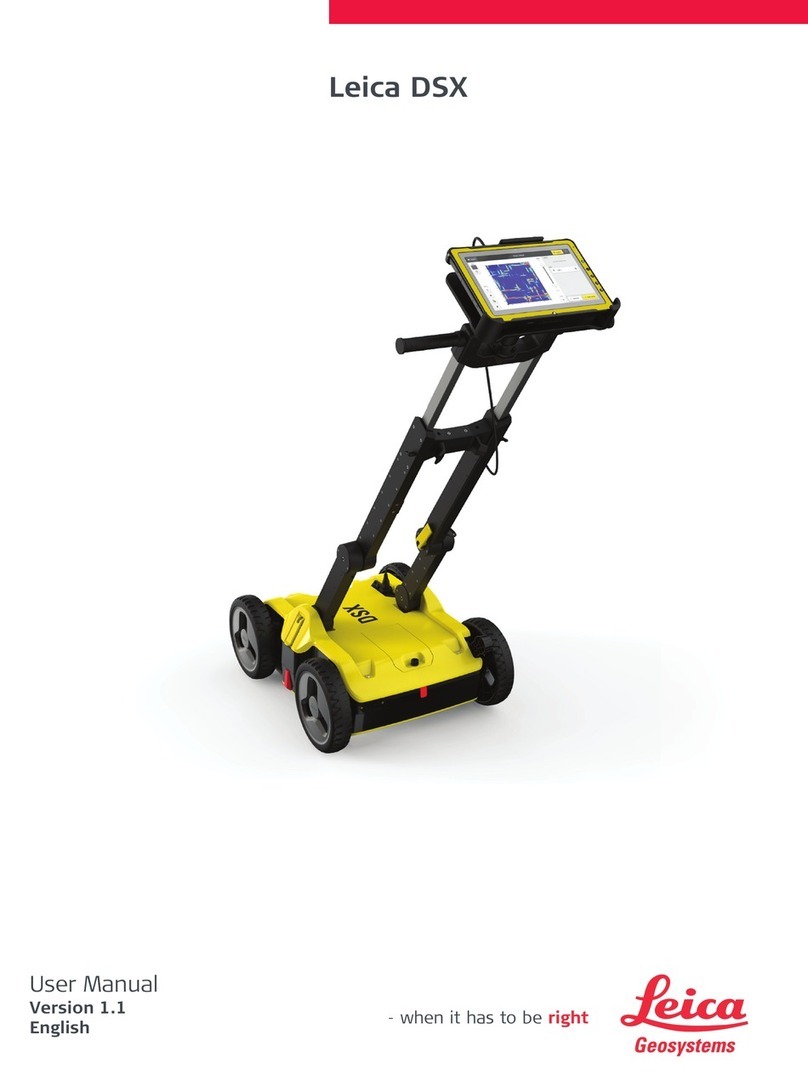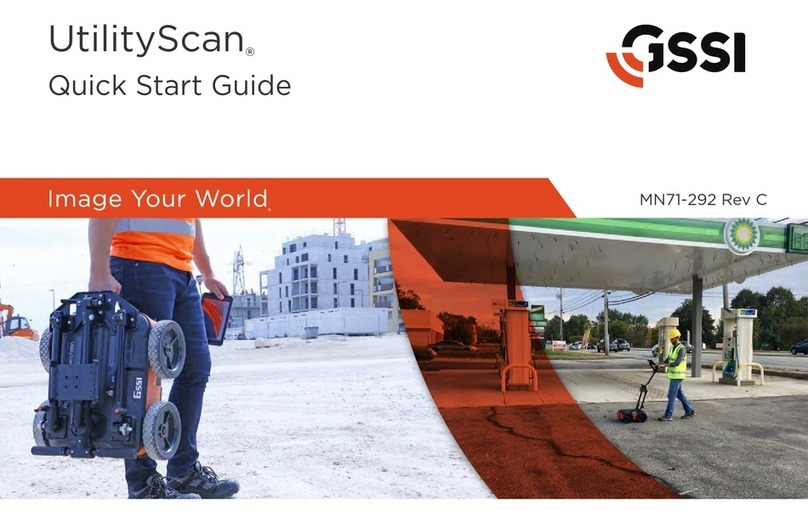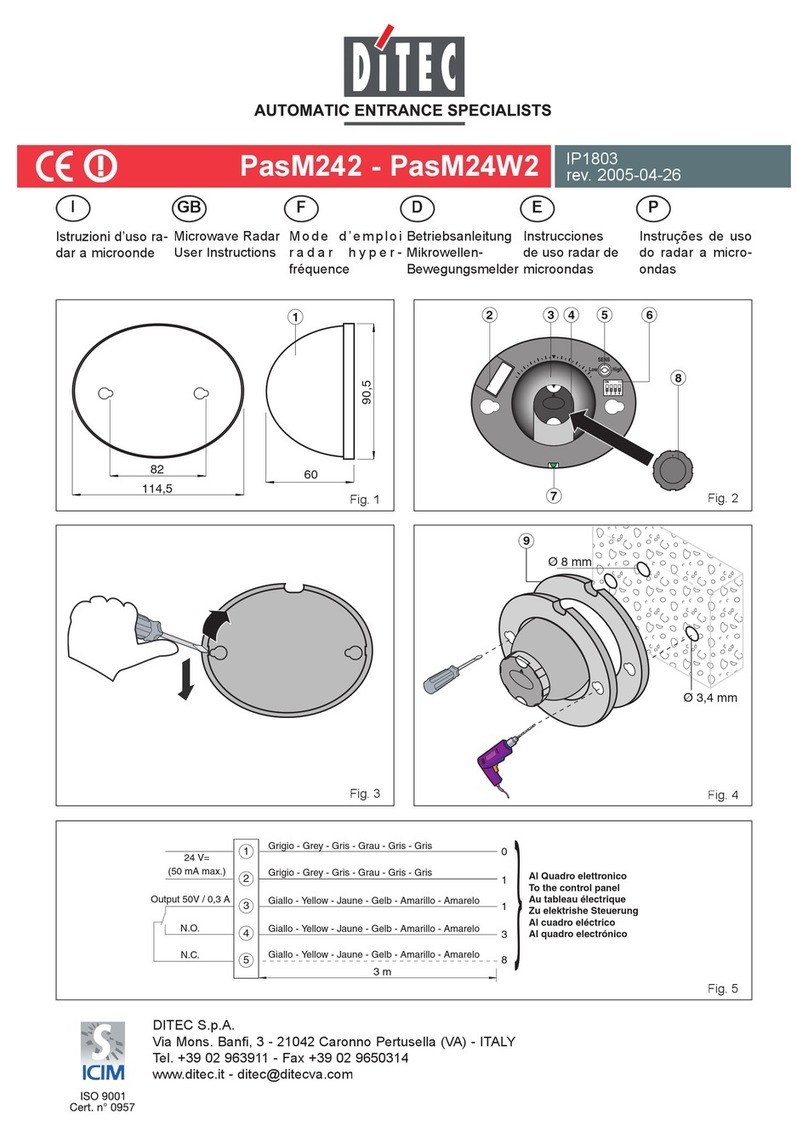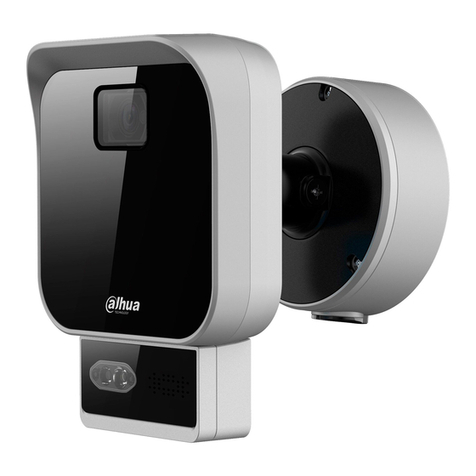
3
57-651 Eclipse®SIL Certified Safety Manual for Enhanced Model 705-51AX-XXX
1.0 I troductio
1.1 Theory of Operatio
Guided Wave Radar is based upon the principle of TDR
(Time Domain Reflectometry). TDR utilizes high frequency
pulses of electromagnetic energy transmitted down a probe.
When a pulse reaches a surface that has a higher dielectric
than the air/vapor in which it is traveling the pulse is
reflected. An ultra high-speed timing circuit precisely measures
the transit time and provides an accurate level measurement.
1.2 Product Descriptio
The Enhanced ECLIPSE Model 705 is a loop-powered
24 VDC level transmitter using GWR technology.
For Safety Instrumented Systems usage the 4–20 mA ana-
log output is the safety variable. The analog output meets
the requirements of NAMUR NE 43 (3.8 mA to 20.5 mA
usable). The transmitter contains continuous self-diagnos-
tics and upon internal detection of a failure is programmed
to send its output to a user-selected failure state either low
or high. This failsafe state is defined as the Faulted Mode.
Table 1 shows the version of the ECLIPSE Model 705
transmitter that has been certified for SIL 2/3 protection.
The Enhanced ECLIPSE Model 705 is classified as a Type B
Device as defined by IEC61508.
NOTE: Please ensure that the Model 705 transmitter and probe are
installed as a set matched by the Serial Number shown on the
name plates.
1.3 Determi i g Safety I tegrity Level (SIL)
Safety Instrumented System designers using the Enhanced
ECLIPSE Model 705 must verify their design per applicable
standards including IEC 61511-1.
Three limits must be met to achieve a given SIL level:
1. The PFDAVG numbers for the entire Safety Instrumented
Function (SIF) must be calculated. Table 2 shows the rela-
tionship between the Safety Integrity Level (SIL) and the
Probability of Failure on Demand Average (PFDAVG).
2. Architecture constraints must be met for each subsystem.
The Eclipse Enhanced Model 705 3X Guided Radar Level
Transmitter meets the requirements for architectural con-
straints of an element such that it can be used to implement
a SIL 2 safety function (with HFT = 0) or a SIL 3 safety
function (with HFT = 1).
1 Transmitters:
Mo el 705, 705-51A*-*** (HART)
NOTE: All transmitters shippe
after August 18, 2010 (serial numbers
667050-01-001 an later) are certifie .
2 Probes:
All ECLIPSE probes can be utilize .
Refer to I/O Manual 57-600 for
complete probe offering.
Table 2
SIL vs. PFDAVG
Table 1
Enhance ECLIPSE Mo el Numbers
Safety
Integrity Level
(SIL)
Target Average
probability of failure
on eman (PFDAVG)
4≥10-5 to <10-4
3≥10-4 to <10-3
2≥10-3 to <10-2
1≥10-2 to <10-1
